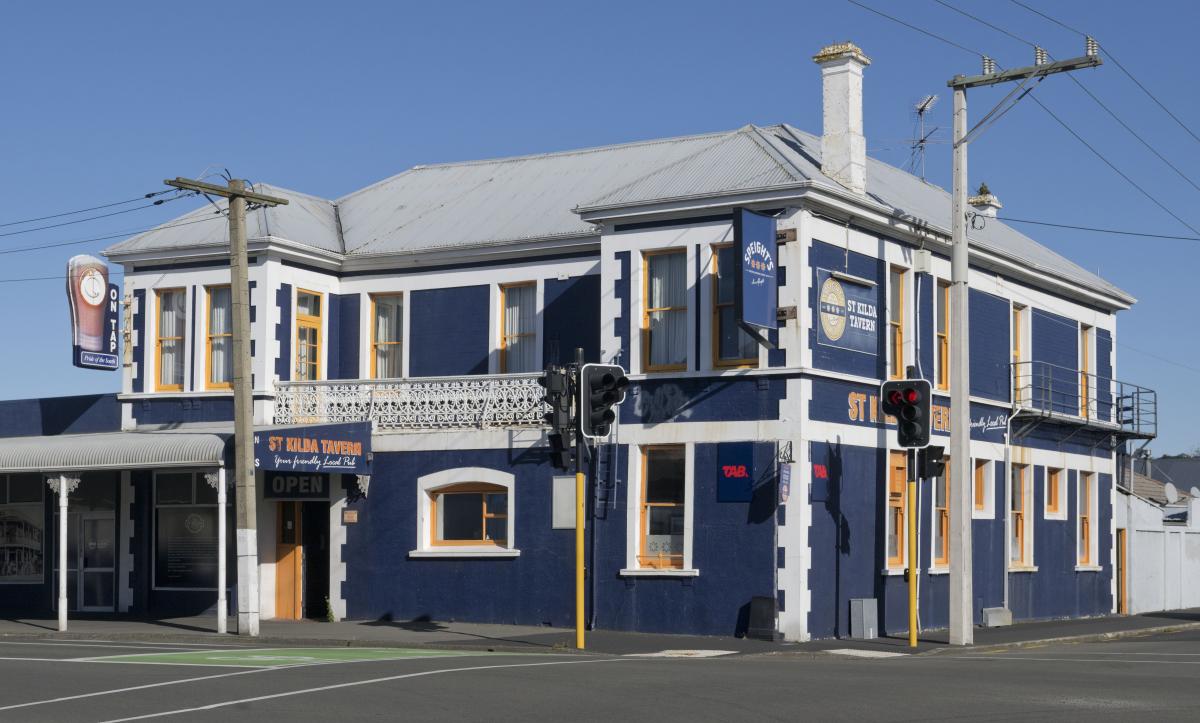New Zealand’s depositor compensation scheme takes effect from today. Here’s what you need to know.
What’s depositor compensation?
The scheme is designed to help people who have money with a bank or other deposit taker, which fails.
Reserve Bank enforcement and resolution director Kerry Beaumont says that’s very rare.
High-profile finance company failures during the global financial crisis were a “once in a generation” event.
The scheme will offer up to $100,000 per person, per institution, for money in transaction accounts, savings and notice accounts and term deposits.
What organisations are covered?
Banks, finance companies, building societies and credit unions taking retail deposits in New Zealand.
There are about 30 organisations that the Reserve Bank lists as being covered.
Branches of international banks in New Zealand are not included because they are now required to only take deposits from wholesale customers, not retail investors.
Did we not have this protection already?
There was a taxpayer-funded scheme introduced in 2008 by then-Finance Minister Michael Cullen on an opt-in basis.
It was short-term and designed to give assurance to New Zealanders during a period when the financial markets were very shaky and a loss of confidence in banks could have been disastrous.
The new scheme was proposed in 2019.
Is this because the Reserve Bank is concerned?
This scheme isn’t driven by concern around any financial institution.
Beaumont says it is part of improving financial stability overall. She says the likelihood of the scheme having to pay out is very low.
“Failure is such a rare event.”

Who pays for this?
The industry is paying a levy that will go into a fund administered by the Reserve Bank.
Beaumont says it might be the case that some banks and other deposit takers might pass on the cost to their customers, but that’s a decision for them.
The amount they pay into the levy depends on their level of risk.
Credit unions and building societies will pay a temporary flat levy until the new prudential regime is fully in force, in 2028.
The Commerce Commission had recommended the Government not add to the burden of small operators when it sets the levy because it could be another hurdle to bank competition.
But Finance Minister Nicola Willis said the scheme should help competition because people would be more likely to switch if they knew they were protected.

If it’s $100k per person per deposit taker, am I better to spread my money?
The compensation limit is $100,000 per deposit taker, so if you have accounts with a number of different banks or financial institutions, you’d be entitled to compensation in each.
Someone with $100,000 in savings accounts at two banks, for example, could be compensated for the full $200,000 in the unlikely event that both banks failed.
But someone with $200,000 in one bank would only be entitled to compensation for $100,000.
Does it apply to KiwiSaver?
No. KiwiSaver is a bit different in that KiwiSaver funds are held in trust by an independent supervisor. Even if your KiwiSaver provider failed, it would not affect your investments.
The fund supervisor would work with the Financial Markets Authority on what to do and would probably transfer your funds to another provider.
What about kids’ accounts?
Children will be treated as separate depositors, and entitled to their own $100,000 coverage limit, if their accounts are in their own name.
If they’re in the name of the parent, then they count towards the parent’s $100,000.
What do I have to do to be covered?
Nothing. From Tuesday, July 1 the accounts you have that are captured by the scheme will be automatically covered.
rnz.co.nz











